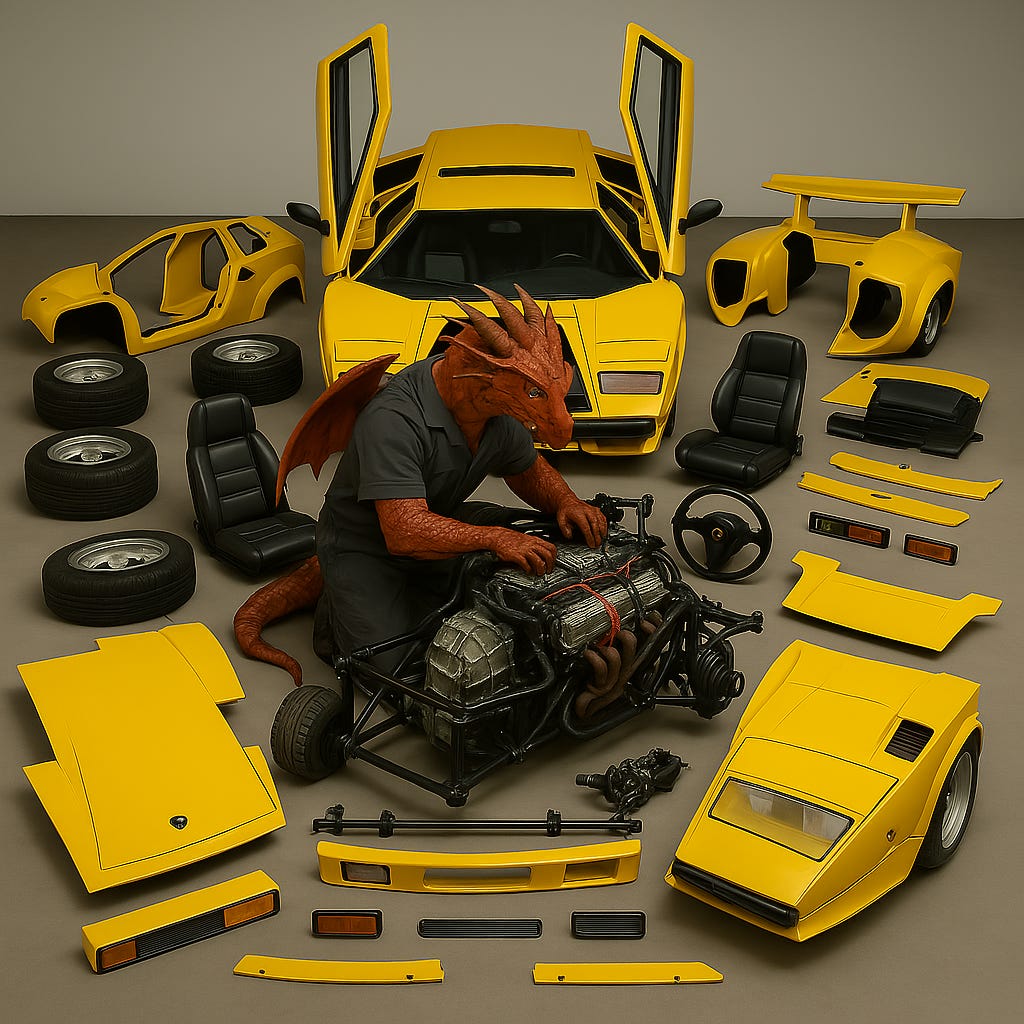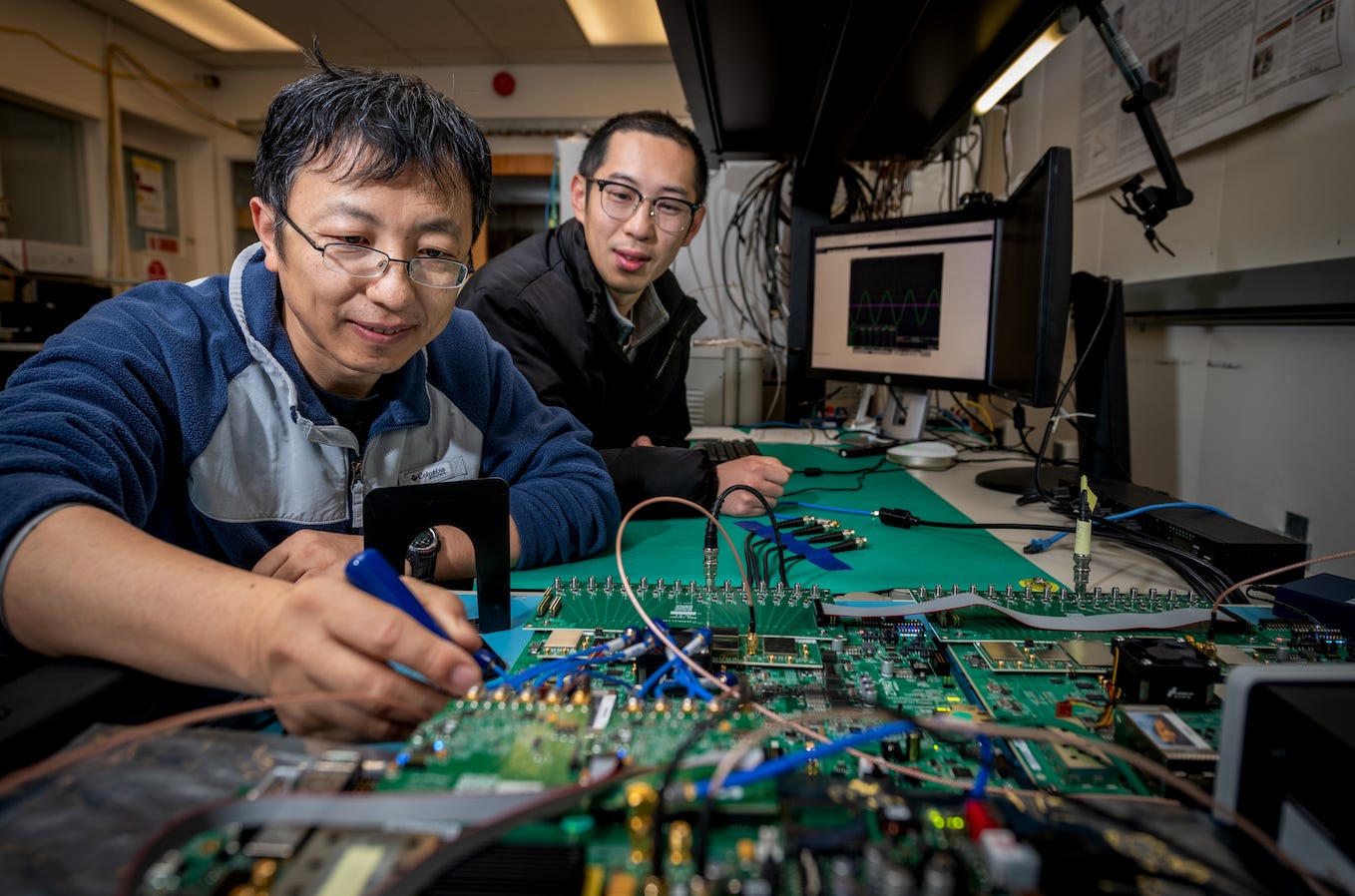Berkeley Lab's Extensible, Modular, Adaptable, and Scalable Dragon
Even a Lamborghini can be upgraded.
Berkeley's Lamborghini-Lovin' Dragon focuses on QubiCML, which builds on Lawrence Berkeley National Laboratory’s (Berkeley Lab) QubiC open-source FPGA-based control system for superconducting qubits by adding machine learning (ML) to execute mid-circuit measurements. If you haven’t read that article, know that the FPGAs are named after Lamborghinis. And like Lamborghinis, which are already best-in-class supercars, these best-in-class FPGAs can still be upgraded. In fact, the QSA team has now built QubiC 2.0.
Controller for Superconducting Quantum Computers
QubiC 2.0 is uniquely tailored FPGA gateware and engineering software that operates at room temperature. Use it to set the radio frequency pulses you need to control and measure your superconducting qubits.
Extensible, Modular, Adaptable, & Scalable
QubiC 2.0 is a cost-effective, open-source control system that provides low-level access to all control layers. Its broad availability means that the community not only provides feedback, but also directly participates in its evolution.
Mid-Circuit Measurement & Feed Forward
QubiC 2.0 leverages on-chip AI to provide 54-ns inference time for state discrimination. This improves readout fidelity from 92% to 98%, which in turn enables the execution of larger, more complex algorithms.
Adaptable to Ions and Atoms
QubiC 2.0 is currently applicable to superconducting qubits only, but feedback from the QubiC 2.0 community is increasing the possibility that this might change. After all, the QSA team is also working on other modalities.
Conclusion
If I knew anything at all about cars, I would’ve tied in some analogies to upgrading a Lamborghini. There’s a non-zero probability I could figure out how to fuel one up, but that’s probably about it. The key takeaway is that QubiC 2.0 is open-source, and if you know what you’re doing, you can do what you need to do.
For more information, check out the article “Drives Breakthroughs with Superconducting Qubits” and/or the paper “QubiC 2.0: An Extensible Open-Source Qubit Control System Capable of Mid-Circuit Measurement and Feed-Forward.”
Image generated by an AI model provided by Microsoft Copilot.
Researchers Gang Huang and Yilun Xu lead QubiC 2.0. (Credit: Berkeley Lab)




